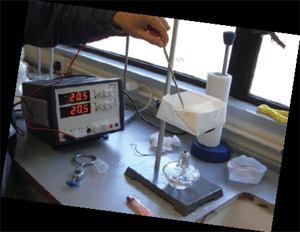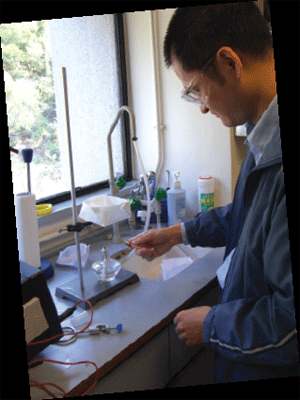Food and Drink
Paper pot fallacy
Still, Sylvia Lam See-wai, a nutritionist at the Chinese University, said Japanese paper pots were healthier than traditional Chinese hot pots. "The best thing for paper pots is that they are served in individual portions," she said. "It is different from our Hong Kong-style hot pot that you can add as many ingredients as you want and may lead to overeating easily."
The nutritionist added that it was more hygienic for people to eat with separate pots. "The individual serving style has a lower risk of cross-contamination," she said.
After trying a paper hot pot for the
first time, a couple, who just identified
themselves as the Lius, said there was not
much difference between a paper pot and
a traditional hot pot apart from the kinds
of containers used. "Yet, how much food
can be contained in such a paper
pot? There's so little food inside," the
husband diner said.
Tests on
grease absorption,
safety
To compare the effectiveness of grease
absorption and safety between the paper used
in paper pots and other kinds of paper, Hui Kachung,
a chemistry teaching fellow at the Chinese
University of Hong Kong did three experiments
together with instructor Cheung Yu-san. The
followings are the test results:
Experiment 1: Cooking oil was dropped separately onto three kinds of paper – the paper used in paper pots, ordinary paper and kitchen paper.
Results: Kitchen paper absorbed oil most efficiently. Paper used in paper pots absorbed oil but the extent was similar to that of ordinary paper.
Experiment 2: Water was poured into a paper pot made of a piece of ordinary paper.
Result: The paper broke at a temperature below 100 degree
Celsius, the boiling point of water.
Explanation: According to Hui, the paper breaks because it is
not strong enough to hold water and it has become softened
after absorbing the water. The kind of paper used in paper pots,
however, is thicker than ordinary paper.
Experiment 3: Water was poured into the type of paper specially designed for paper pots.
Result: The paper did not break even when the temperature
was above 100 degree Celsius.
Explanation: Paper in general will only burn at a temperature
above 800 degree Celsius. The paper does not burn because
the heat is transferred to the water in the pot quickly, Hui said.

Experimental setup for testing heat resistance of
paper used in paper pots.

Cheung Yu-san tests the heat resistance of
paper used in paper pots.